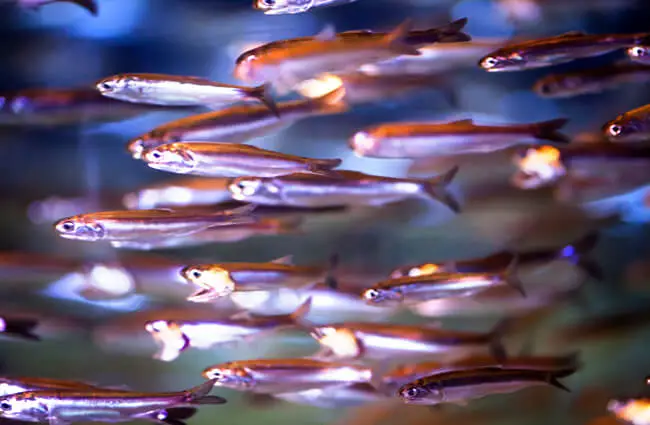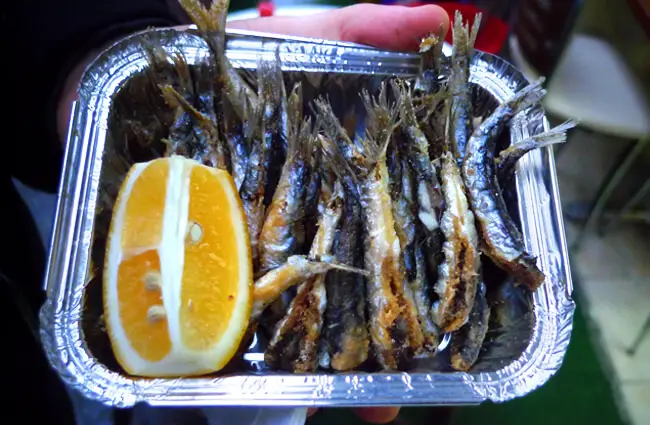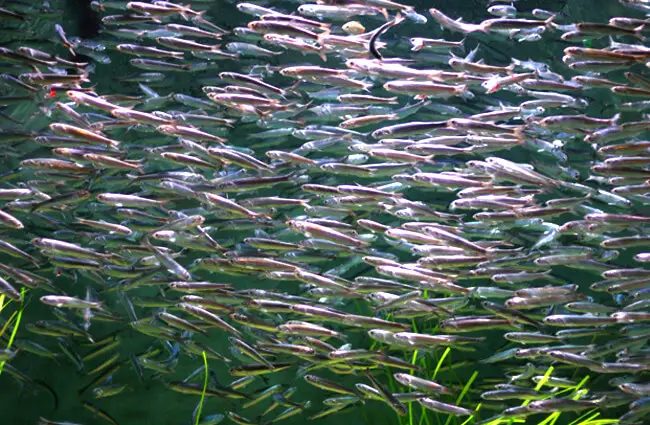The Astonishing Anchovy: A Tiny Fish with a Massive Impact
Anchovies. The very name evokes strong reactions – either delight or a wrinkled nose. These small, silvery fish are often underestimated, but they play a vital role in marine ecosystems and hold a surprisingly rich history with humankind. This comprehensive guide delves into the world of the anchovy, exploring its biology, behavior, ecological significance, and even its cultural impact.

What is an Anchovy?
Anchovies belong to the Engraulidae family, a group of forage fish found in marine waters worldwide. Several species exist, but the European anchovy (Engraulis encrasicolus) and the California anchovy (Engraulis mordax) are among the most commercially important. They are characterized by their elongated, streamlined bodies, typically reaching lengths of only a few inches. Their silvery scales and distinctive dark blotches along their sides provide excellent camouflage in the shimmering ocean light.
Physical Characteristics
Anchovies are easily recognizable. Adult anchovies generally measure between 6 to 20 centimeters in length, varying by species. They possess a conical body shape, perfect for efficient swimming and maneuvering. A notable feature is their large mouth, extending almost to the back of their head, allowing them to gulp down plankton with ease. Their eyes are relatively large, aiding in spotting both prey and potential predators.
Anchovy Habitat and Distribution
Anchovies inhabit temperate waters across the globe. They are found in the Atlantic, Pacific, and Mediterranean seas and even venture into brackish waters like estuaries and river mouths. They prefer cooler, nutrient-rich waters, often forming large schools in coastal areas. Their distribution is closely linked to ocean currents and upwelling zones, which bring vital nutrients to the surface and fuel plankton blooms, the basis of the anchovy's diet.

Where to Find Anchovies in the Wild
For animal lovers hoping to spot anchovies, coastal areas known for upwelling are the best bet. Look for shimmering schools near the surface, particularly during the spring and summer months. Common locations include the California coast, the Mediterranean Sea, and the coasts of Peru and Chile. Binoculars can be helpful, but be mindful of respecting marine life and avoiding disturbance.
Anchovy Diet: The Plankton Powerhouse
Anchovies are filter feeders, meaning they consume tiny organisms suspended in the water. Their diet primarily consists of phytoplankton – microscopic plant-like organisms – and zooplankton – tiny animals. They use specialized gill rakers to filter these organisms from the water as they swim with their mouths open. This feeding strategy makes them a crucial link in the marine food web, transferring energy from primary producers to larger predators.
Anchovy Reproduction and Life Cycle
Anchovy reproduction is a fascinating process. They are broadcast spawners, meaning females release their eggs into the water column, and males simultaneously release sperm to fertilize them. This typically occurs in large aggregations during the spring and summer months. The eggs are buoyant and drift with the currents. Anchovy larvae are incredibly small and fragile, relying on a constant supply of plankton for survival. As they grow, they join schools and begin to migrate, following the availability of food. Anchovies are relatively short-lived fish, typically living for only a few years.

Ecological Importance: The Keystone Species
Despite their small size, anchovies play a disproportionately large role in marine ecosystems. They are a vital food source for a wide range of predators, including seabirds, marine mammals, larger fish like salmon and tuna, and even other anchovies. Their abundance and rapid reproduction make them a reliable source of energy for these predators. As a forage fish, they connect the lower trophic levels (plankton) to the higher trophic levels (predators). Declines in anchovy populations can have cascading effects throughout the entire ecosystem.
Anchovy Interactions with Other Animals
The relationship between anchovies and other species is complex. Predators actively seek out schools of anchovies, creating spectacular feeding frenzies. Anchovies themselves consume vast quantities of plankton, influencing plankton population dynamics. They also compete with other forage fish for resources. Healthy anchovy populations are therefore an indicator of overall ecosystem health.
Anchovies and Humans: A History of Consumption
Humans have been consuming anchovies for centuries. Archaeological evidence suggests that ancient Romans and Greeks prized anchovies for their flavor and nutritional value. Historically, anchovies were often preserved by salting and fermenting, creating the intensely flavored product we know today. They remain a popular ingredient in many cuisines, particularly Mediterranean, Asian, and Italian dishes. Beyond culinary uses, anchovies have also been used in the production of fish sauce, a key flavoring agent in Southeast Asian cuisine.

Commercial Fishing and Sustainability
Anchovies are commercially fished in many parts of the world. While anchovy populations are generally resilient, overfishing can pose a threat to their long-term sustainability. Responsible fisheries management practices are crucial to ensure that anchovy populations remain healthy and abundant for future generations. Consumers can support sustainable fisheries by choosing anchovies that are certified by organizations like the Marine Stewardship Council.
Anchovy Care in Captivity (For Zookeepers)
Caring for anchovies in captivity presents unique challenges. They require large tanks with well-oxygenated, filtered water. Maintaining appropriate salinity and temperature is critical. Their diet should consist of live or frozen plankton and other small crustaceans. Regular water changes are essential to remove waste products. It is important to provide a stimulating environment with plenty of space for schooling behavior. Avoid overcrowding, as this can lead to stress and disease. Quarantine new arrivals to prevent the introduction of pathogens.
Fun Facts About Anchovies
- Anchovies have a lightweight skeleton with few bones, making them easy to fillet.
- Their silvery scales reflect light and help them blend into the shimmering water.
- A school of anchovies can contain millions of individuals.
- Anchovies are rich in omega‑3 fatty acids and other nutrients.
- Some anchovy species migrate long distances.

Conclusion
The anchovy, despite its diminutive size, is a remarkable creature. From its vital role in marine ecosystems to its historical and culinary significance, this tiny fish has a profound impact on our world. Understanding the biology, behavior, and ecological importance of anchovies is crucial for ensuring their long-term sustainability and preserving the health of our oceans.

![Red Angus Closeup of a beautiful Red Angus cowPhoto by: U.S. Department of Agriculture [pubic domain]https://creativecommons.org/licenses/by/2.0/](https://animals.net/wp-content/uploads/2020/03/Red-Angus-4-238x178.jpg)




![Red Angus Closeup of a beautiful Red Angus cowPhoto by: U.S. Department of Agriculture [pubic domain]https://creativecommons.org/licenses/by/2.0/](https://animals.net/wp-content/uploads/2020/03/Red-Angus-4-100x75.jpg)

